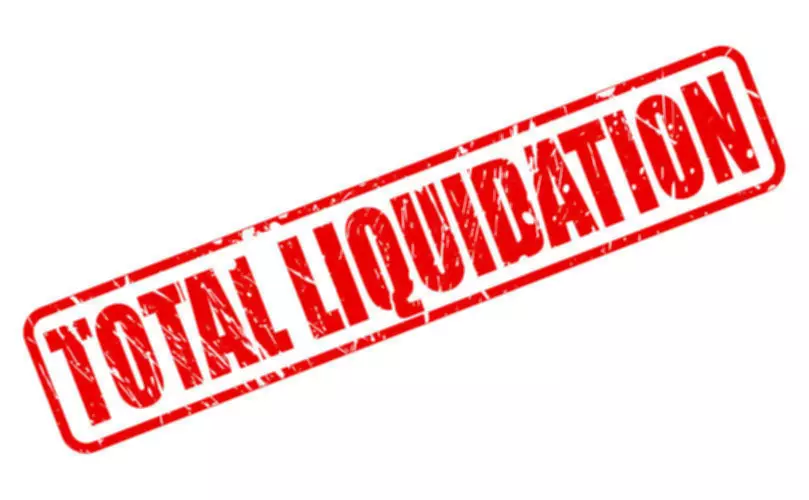What is credit management and what are its benefits
Content

It shows the company’s ability to pay its short-term obligations using its most liquid assets such as cash and cash equivalents and marketable securities. Because of this, it’s an excellent measure to evaluate investment potential. The cash to working capital ratio measures what percentage of the company’s working capital is made up of cash and cash equivalents such as marketable securities.
Understanding your company’s performance requires learning about a number of different metrics, each of which can give you an insight into different areas of the business. One important financial measure of your performance is known as working capital ratio, which is a good indicator of your liquidity, operational efficiency and also your short-term financial health. The working capital ratio shows the ratio working capital ratio of assets to liabilities, i.e. how many times a company can pay off its current liabilities with its current assets. Operating working capital, also known as OWC, helps you to understand the liquidity in your business. While net working capital looks at all the assets in your business minus liabilities, operating working capital looks at all assets minus cash, securities, and short-term, non-interest debts.
Common current liability accounts
Because of this, the quick ratio can be a better indicator of the company’s ability to raise cash quickly when needed. For example, a retailer may generate 70% of its revenue in November and December — but it needs to cover expenses, such as rent and payroll, all year. Negative working capital is never a sign that a company is doing well, but it also doesn’t mean that the company is failing either. Many large companies often report negative working capital and are doing fine, like Wal-Mart.
- These assets include cash, customers’ unpaid bills, finished goods, and raw materials.
- An acquirer or investor in such situations of analysis will take a step back and won’t go ahead with the offeror, which may reduce it to a bigger extent.
- These might require a longer lead time to be collected or sold, risking an inability to meet short-term obligations due to a shortage of cash.
- For instance, if a company has current assets of $100,000 and current liabilities of $80,000, then its working capital would be $20,000.
- For instance, Company X has net sales of $10 million in a 12-month period and had an average working capital of $2 million within that same period.
This ratio is insightful in uncovering situations where the company may be spending too much of its cash on inventories that are not being turned into sales as rapidly as they should be. A working capital ratio of less than one means a company isn’t generating enough cash to pay down the debts due in the coming year. Working capital ratios between 1.2 and 2.0 indicate a company is making effective use of its assets. Ratios greater than 2.0 indicate the company may not be making the best use of its assets; it is maintaining a large amount of short-term assets instead of reinvesting the funds to generate revenue. The working capital ratio is calculated by dividing current assets by current liabilities. The reason this ratio is called the working capital ratio comes from the working capital calculation.
Is current ratio and working capital ratio the same?
When you have positive working capital, you can feel secure that you’ll have the available funds when bills are due. Current assets typically include cash, marketable securities, accounts receivable, inventory, and prepaid expenses. Current liabilities include accruals, accounts payable, and loans payable. The net working capital ratio measures a business’s ability to pay off its current liabilities with its current assets. The average collection period measures how efficiently a company manages accounts receivable, which directly affects its working capital. The ratio represents the average number of days it takes to receive payment after a sale on credit.

As you can see, working capital ratios and what they tell you can vary from company to company, by industry, and seasonality. However, the specifics depend on a huge range of factors – including the sector a business operates in, how established it is, and whether it is in a growth period. Generally, a higher working capital ratio is seen as positive, while a lower one is seen as negative. Businesses will tend to aim for a working capital ratio between 1.2 and 2. Working capital can be very insightful to determine a company’s short-term health. However, there are some downsides to the calculation that make the metric sometimes misleading.
What is a good working capital ratio?
It’s easy to feel overwhelmed by the amount of financial information you can access about your business. However, focusing on the most important metrics like working capital can help you stay organized. By analyzing the ratios and following the various tips mentioned above, you’ll be better able to make changes to your business structure to help improve growth and drive results.

